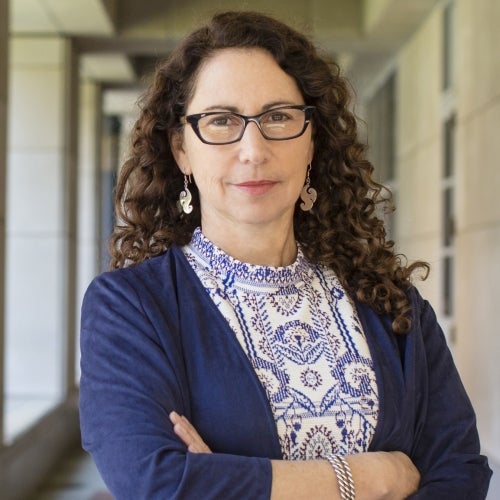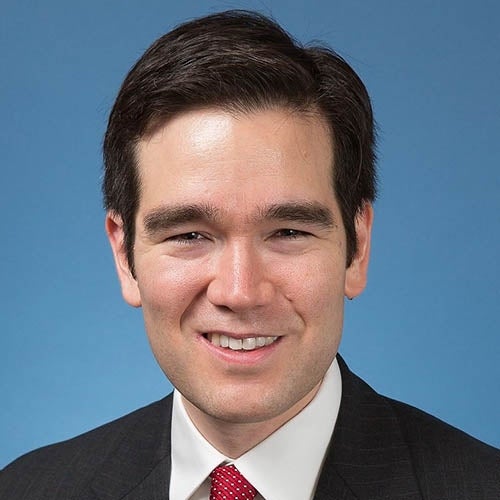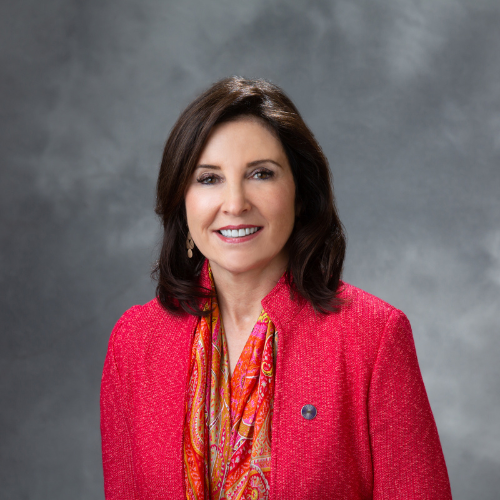UCLA Fielding School of Public Health team leading COVID-19 epidemiology study among animal health care professionals
A team led by Anne Rimoin has launched a study to understand occupational exposure to SARS-CoV-2 & other pathogens in high-risk population.

A team led by Anne Rimoin, UCLA Fielding School of Public Health professor of epidemiology and director of the UCLA Center for Global and Immigrant Health, has just launched an epidemiologic study to understand occupational exposure to SARS-CoV-2 and other pathogens in high-risk populations, including veterinary medicine and animal care/welfare workers.
“Zoonoses are infectious diseases that spread from animals to humans. They are very common, both in the United States and around the world,” said Rimoin, concurrently leading a similar study of health care workers and first responders in Los Angeles County. “It is estimated that six out of every 10 known infectious pathogens in humans are zoonotic in origin, and three out of four emerging infectious diseases come from animals.”
To date there are seven documented coronaviruses that infect humans that have zoonotic origins, including SARS-CoV-1 (identified in 2003), MERS (2012), and the most recently-emerging coronavirus, SARS-CoV-2 (2019). Other recently-emerging zoonotic pathogens include highly pathogenic avian influenza (HPAI), bovine spongiform encephalopathy (BSE), and Nipah virus.
“As we have already seen with SARS-CoV-1, MERS and now SARS-CoV-2, emerging zoonotic pathogens have the potential to cause serious impacts to human health around the world as well as to the strength of the global economy,” Rimoin said. “That’s why this research is so critical right now; we urgently need to better understand which activities put us at highest risk for infection with these pathogens and propagate transmission from animal species to humans.”
The study consists of a baseline questionnaire and monthly follow-up surveys assessing demographic information, potential clinical exposures to SARS-CoV-2, occupational risk factors for COVID-19 and other zoonotic diseases, mental health, and pandemic preparedness among animal care workers.
“Along with SARS-CoV-2, we hope to eventually expand the study to understand exposure to other coronaviruses and zoonotic pathogens,” Rimoin said. “This is an element of what should be a very focused effort at pandemic prevention as part of the response to COVID-19; these emerging threats are not going to disappear – if anything, the risks are only going to increase because of other global threats, including climate change.”
The UCLA Fielding School of Public Health, founded in 1961, is dedicated to enhancing the public's health by conducting innovative research, training future leaders and health professionals from diverse backgrounds, translating research into policy and practice, and serving our local communities and the communities of the nation and the world. The school has 690 students from 25 nations engaged in carrying out the vision of building healthy futures in greater Los Angeles, California, the nation and the world.
Faculty Referenced by this Article

Dr. Anne Rimoin is a Professor of Epidemiology and holds the Gordon–Levin Endowed Chair in Infectious Diseases and Public Health.

Dr. Joseph Davey is an infectious disease epidemiologist with over 20 years' experience leading research on HIV/STI services for women and children.

Robert J. Kim-Farley, MD, MPH, is a Professor-in-Residence with joint appointments in the Departments of Epidemiology and Community Health Sciences











































